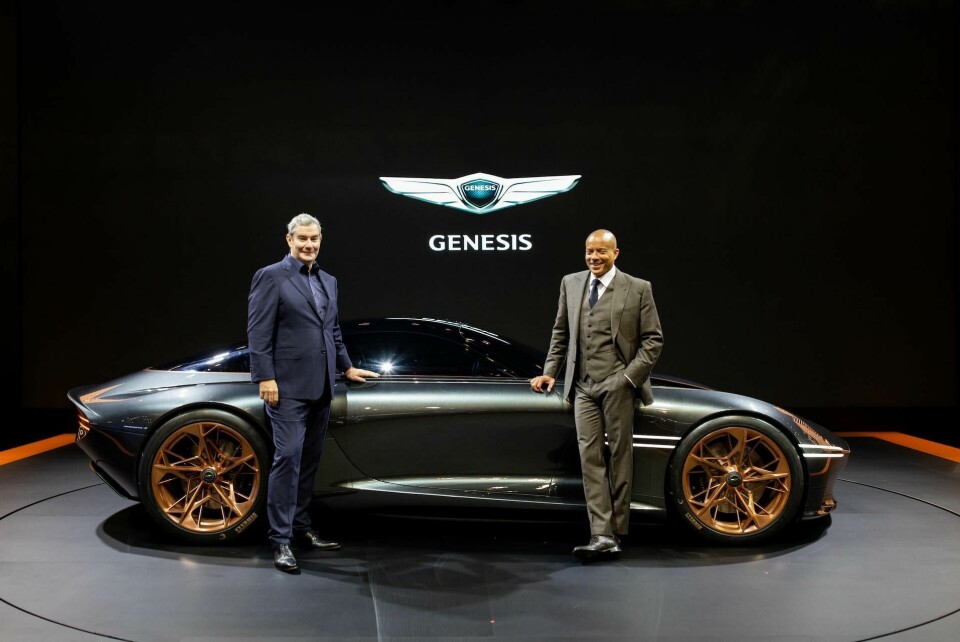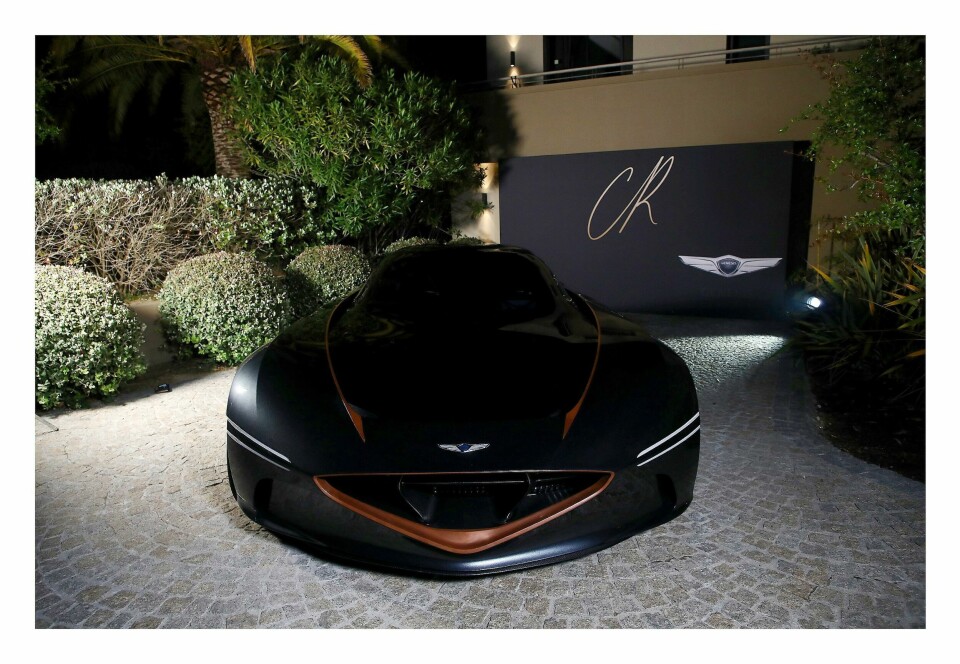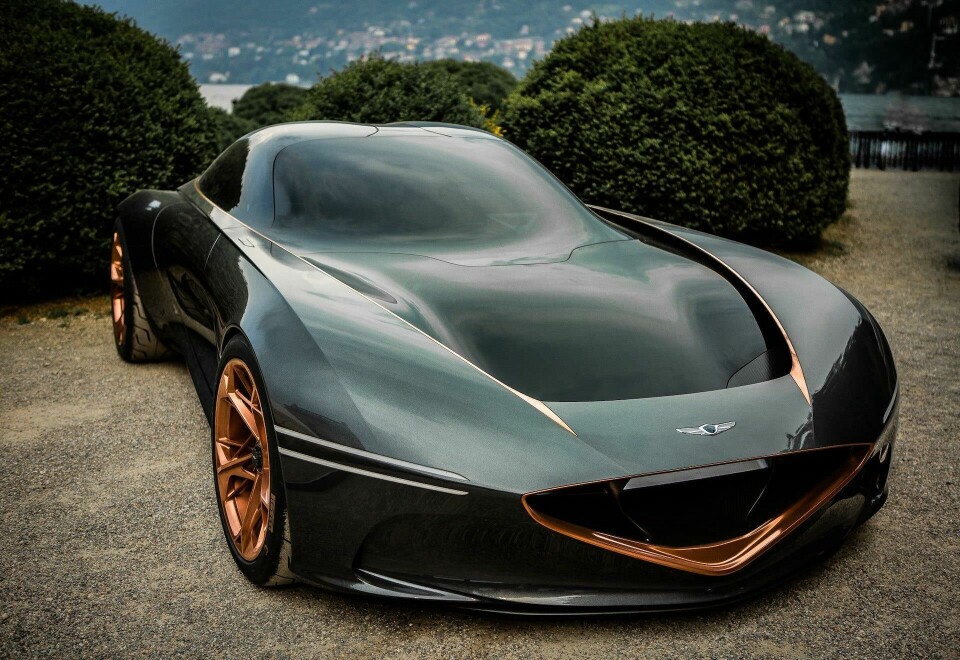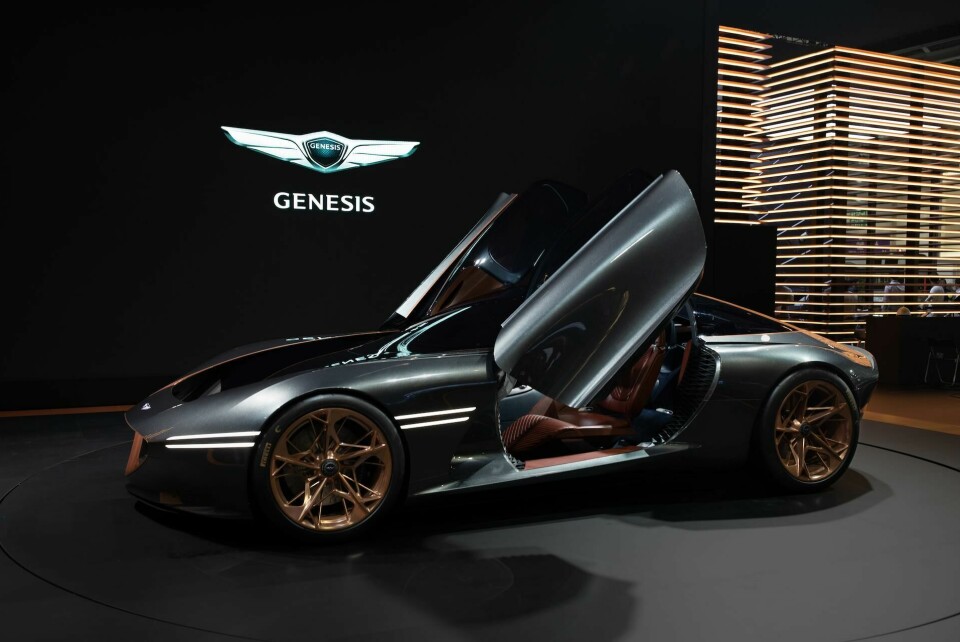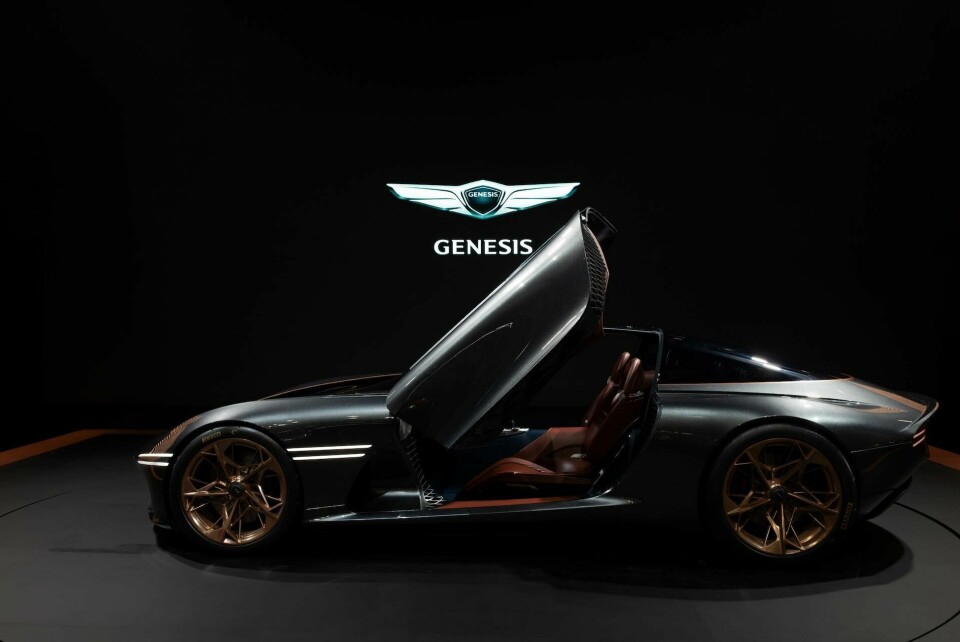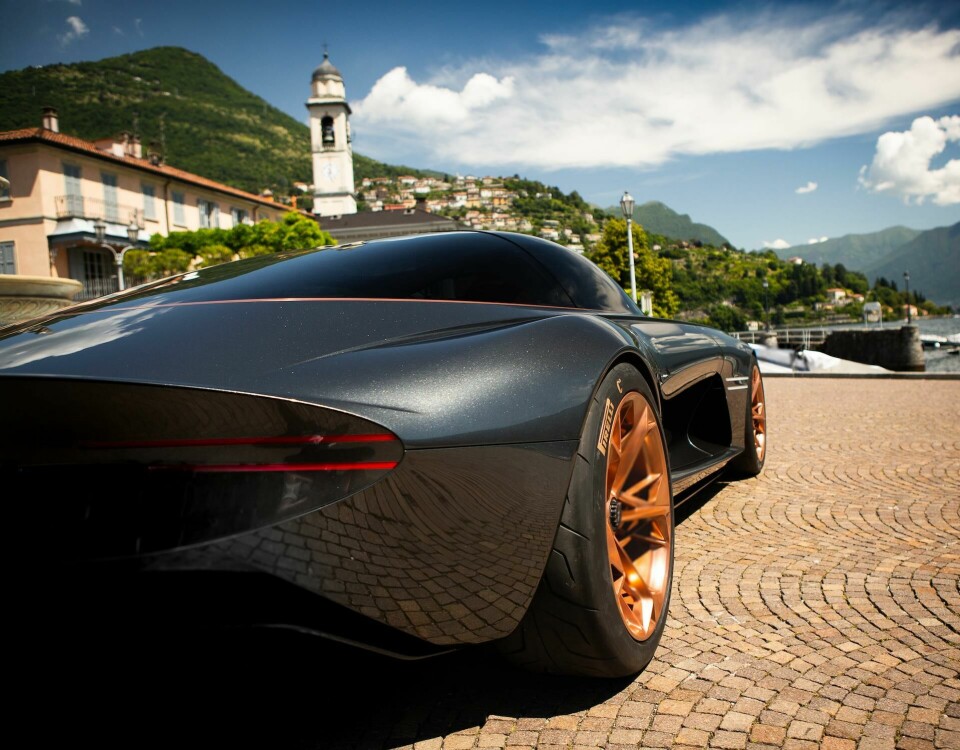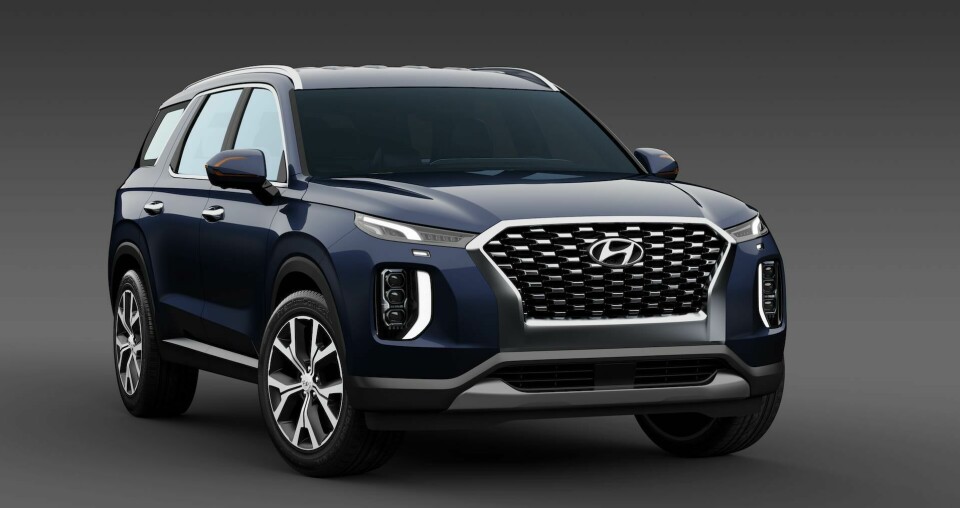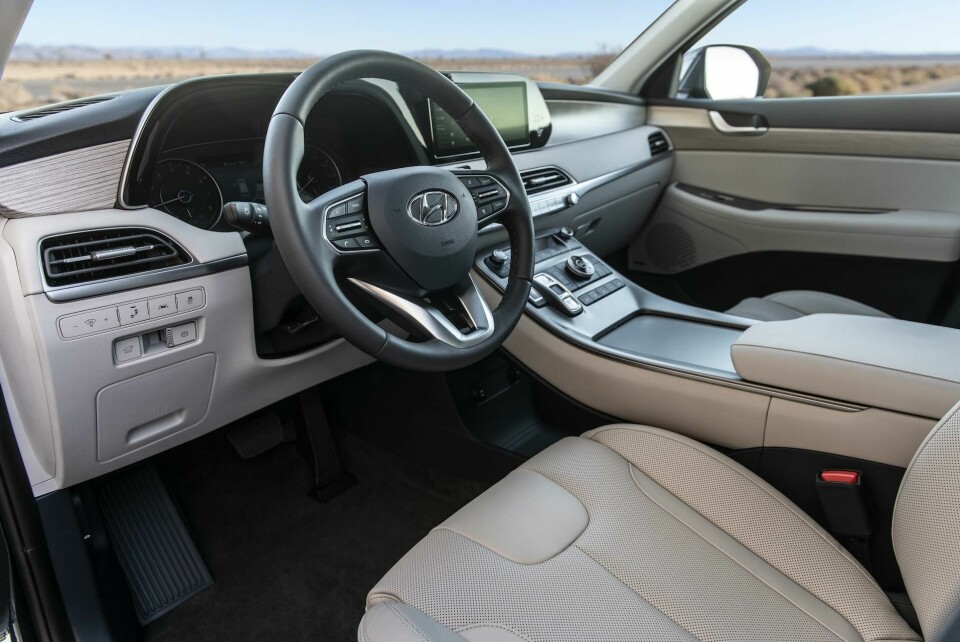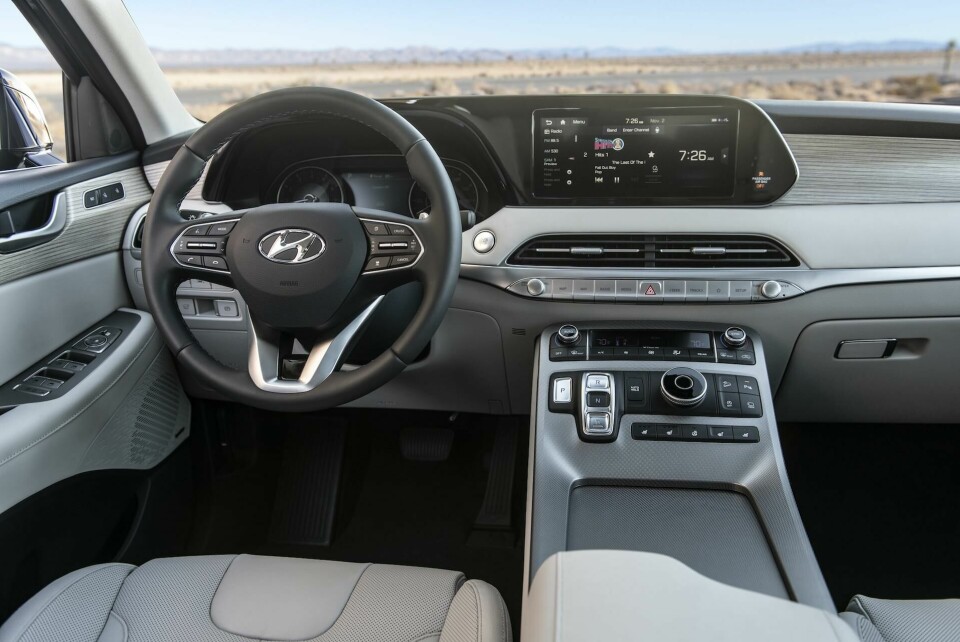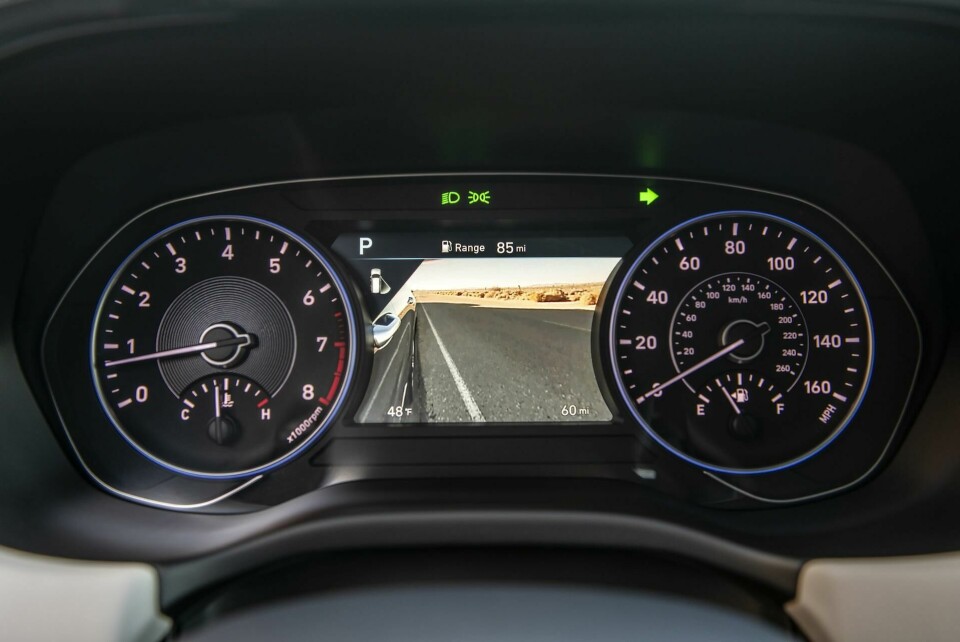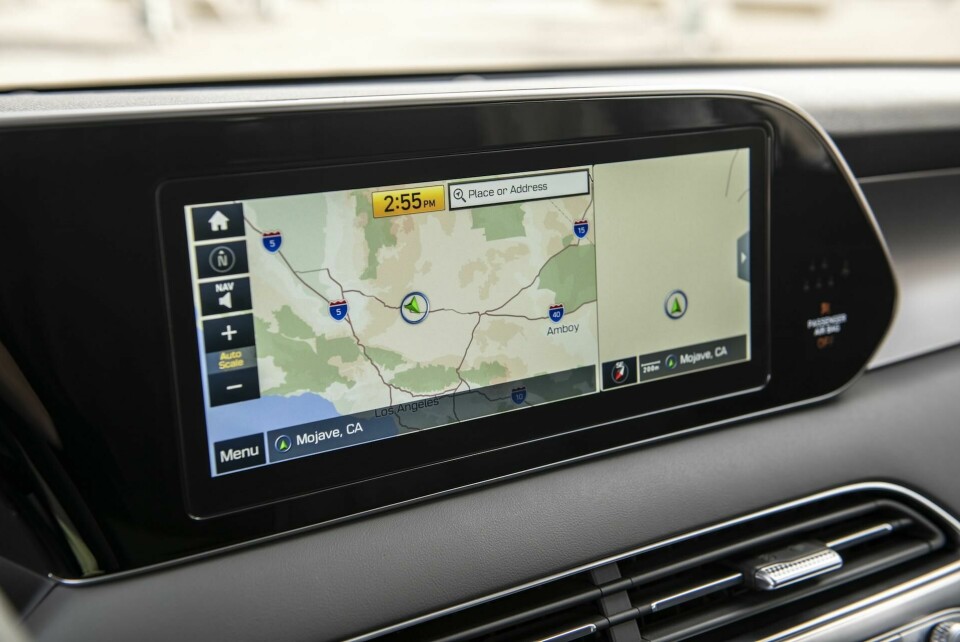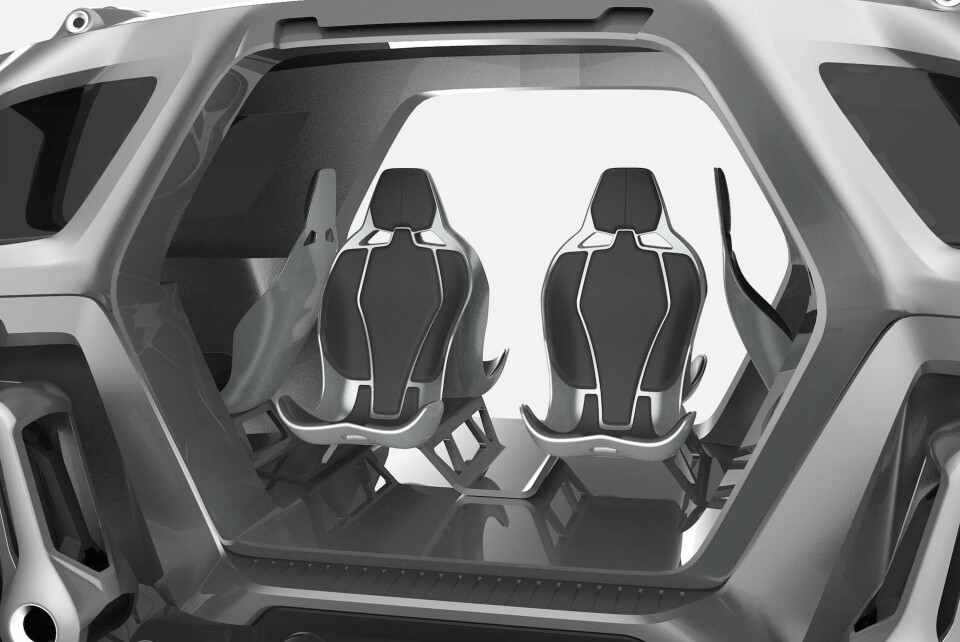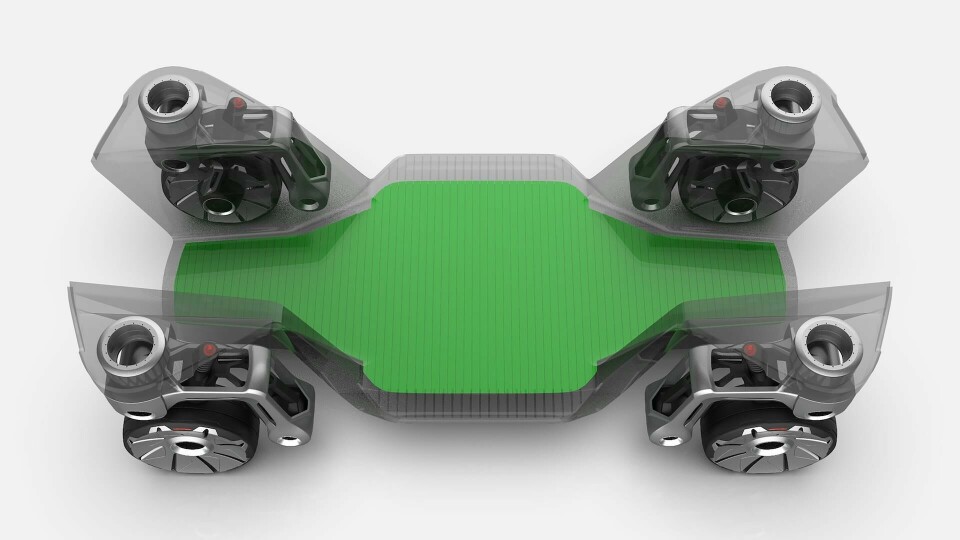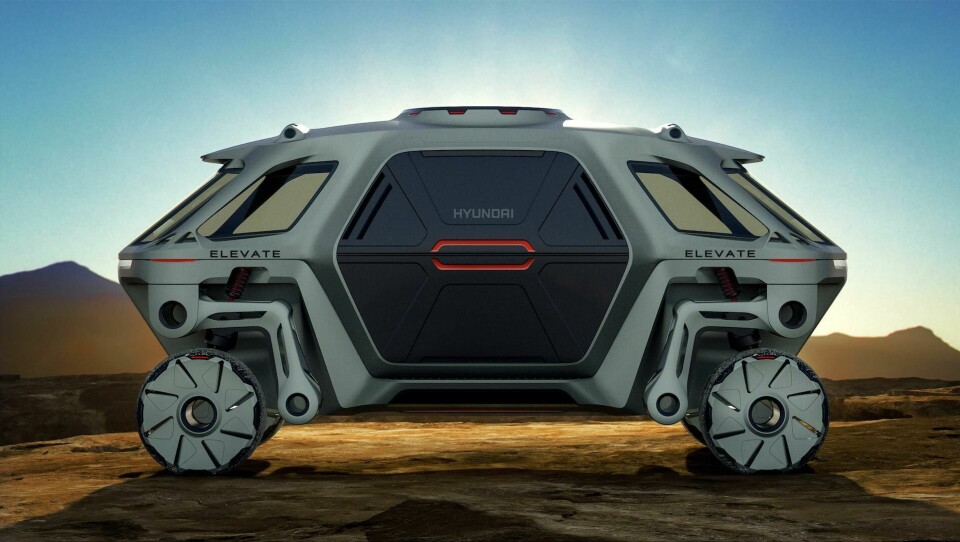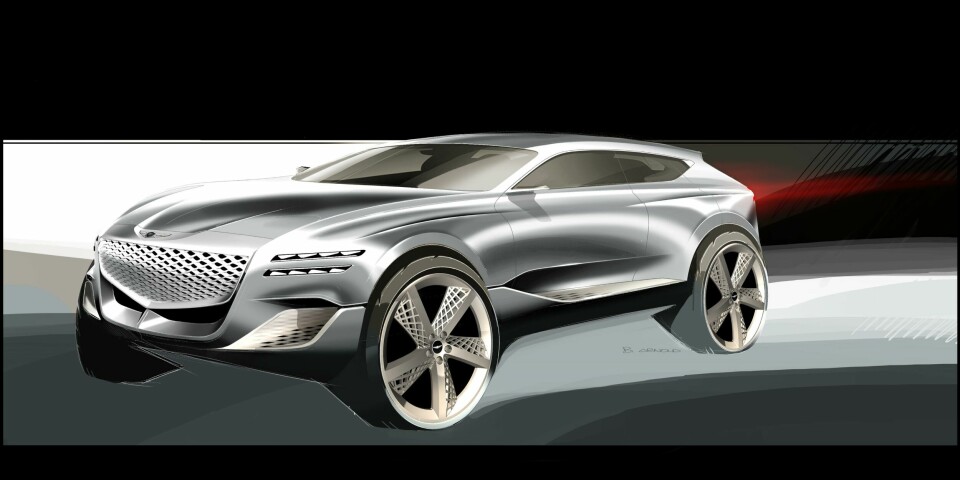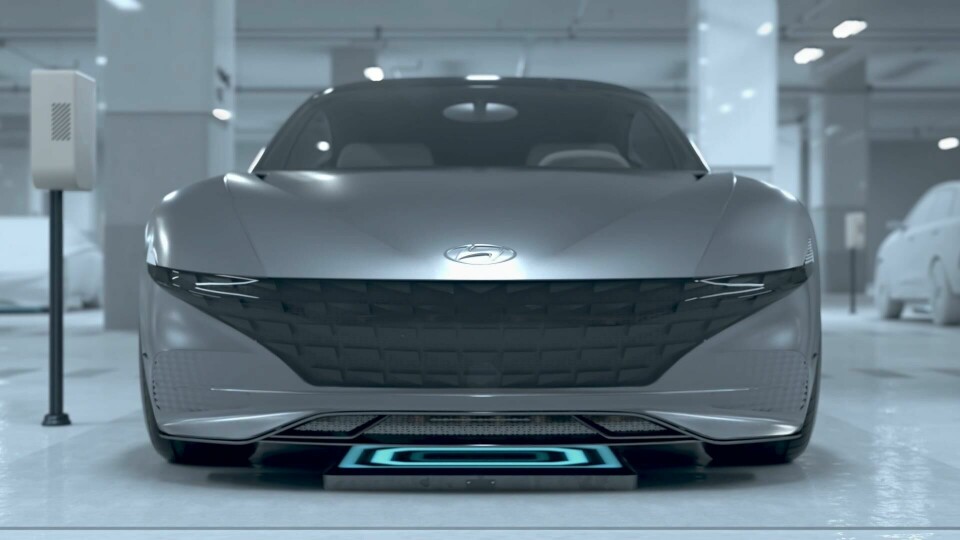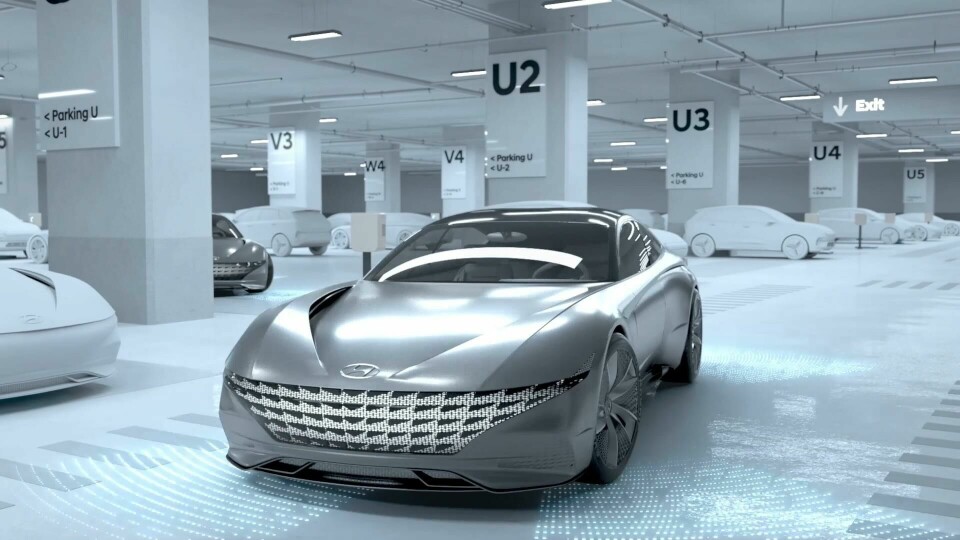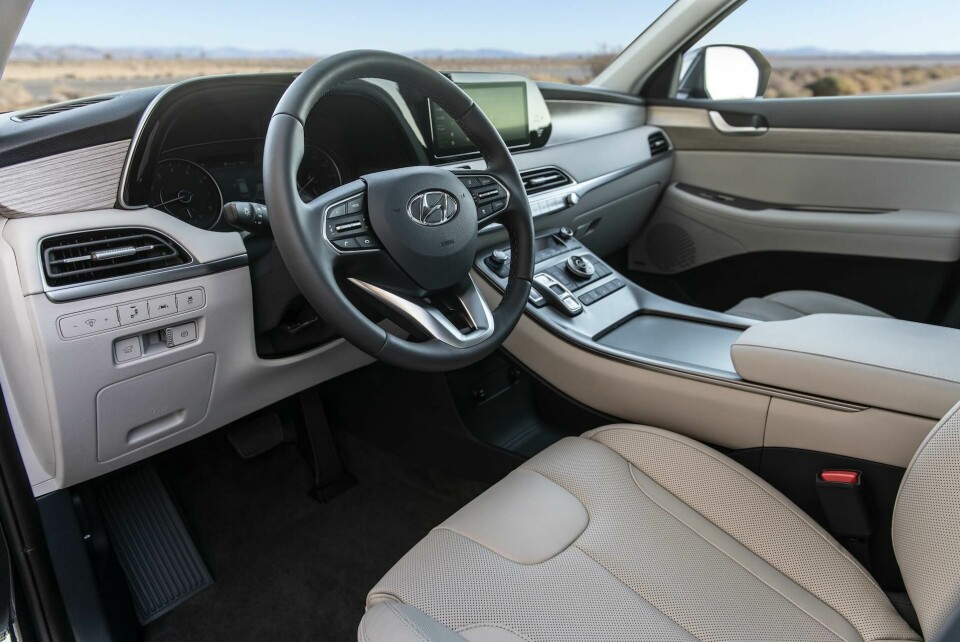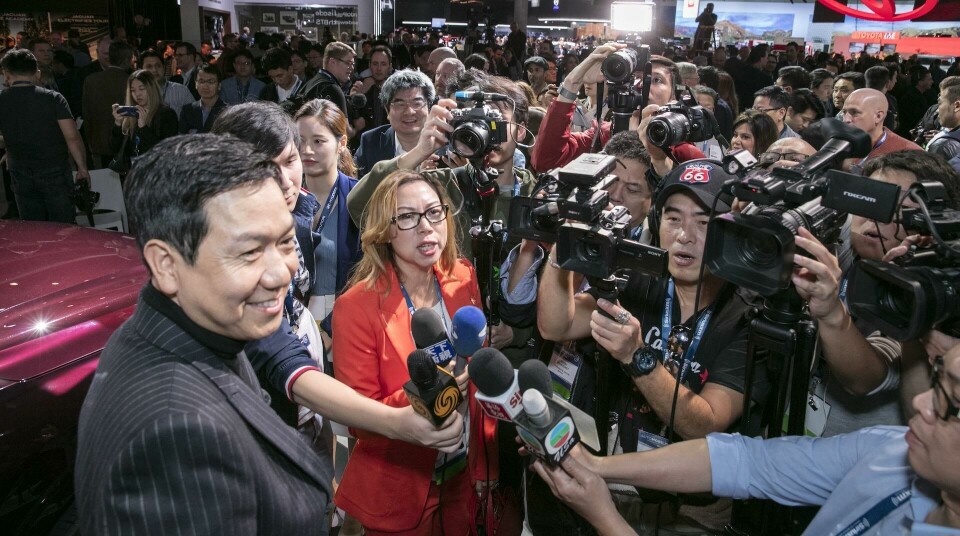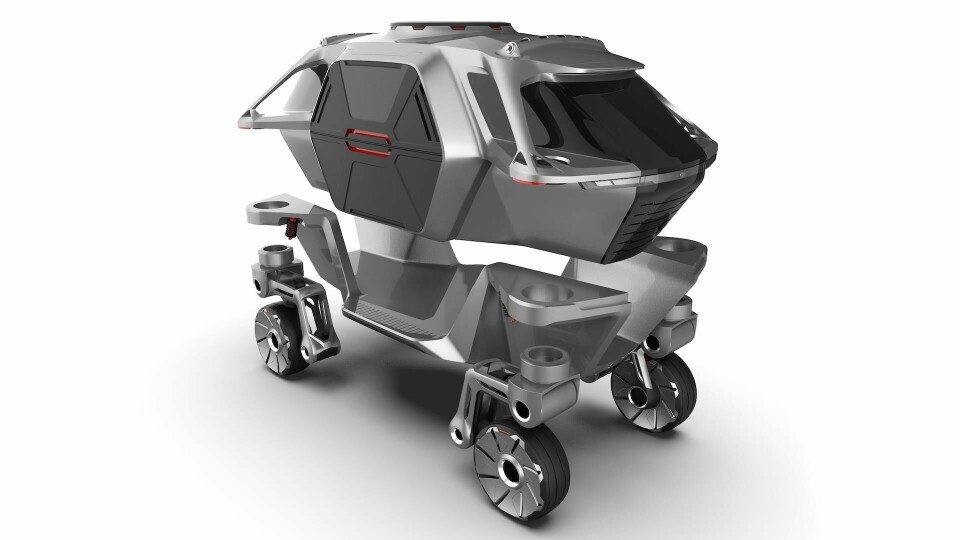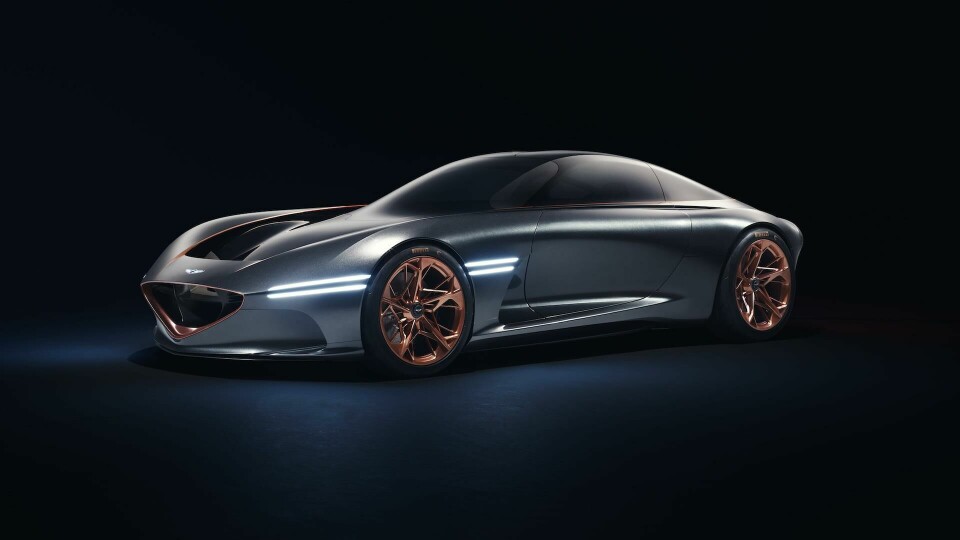
Designer Interview: SangYup Lee, Hyundai & Genesis
“We are talking about partnerships, because OEMs cannot do everything by themselves”
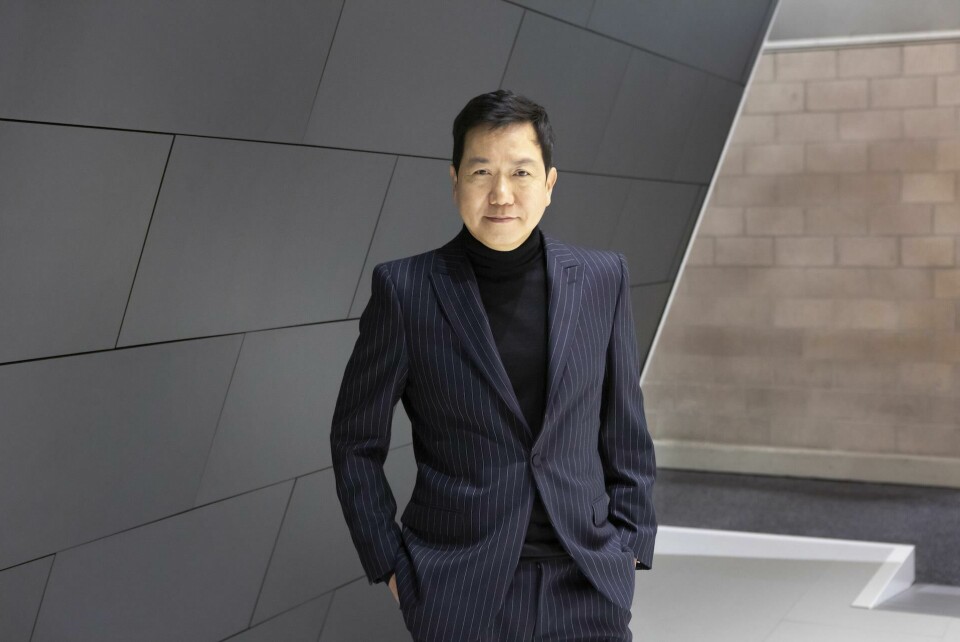
Recently, I had a conversation about design and engineering with Thomas Heatherwick, a genius-minded architect I respect and also the designer of the London double-decker bus – he’s a great designer of transportation. He asked me, “SangYup, why do all the cars on the street look the same these days?” Obviously, I explained to him that there are a lot of regulation, legalisation and safety issues with the packaging. This is how it has ended up and though there’s actually a brand differentiation in design there, it’s quite challenging. But at the same time it was interesting, because I didn’t think that way before. How do we make our designs special enough to be recognised by our customer? Is there something else, as a creative future?
I’m thinking about that quite a bit since I spoke to Thomas. I think it’s very important in design to have a beautiful, really nice product. But if the customer doesn’t see that, then it’s a fundamental problem. I think for me, this is why the ego has to shift from the OEM side to the customer – this is all about user experience. Concept car versus production development is quite different, obviously, but at the same time at the end of it, it’s about ‘what is the value to the customer?’ So we are always thinking as designers not about the beginning of the process, but the end when the car comes out: what the car means to a customer, and how they get the value out of it.
I think it’s all about defining a USP out of UX, the customer experience. So, we define that and bring that USP over to the very front in developing that car. It’s not like we used to work, in the traditional sense. We always had a platform, put a nice skin over it in a quick package and put it into the market; it’s almost like the other way around to what we’re trying now. I think this is one approach that we definitely want to do more in the future.
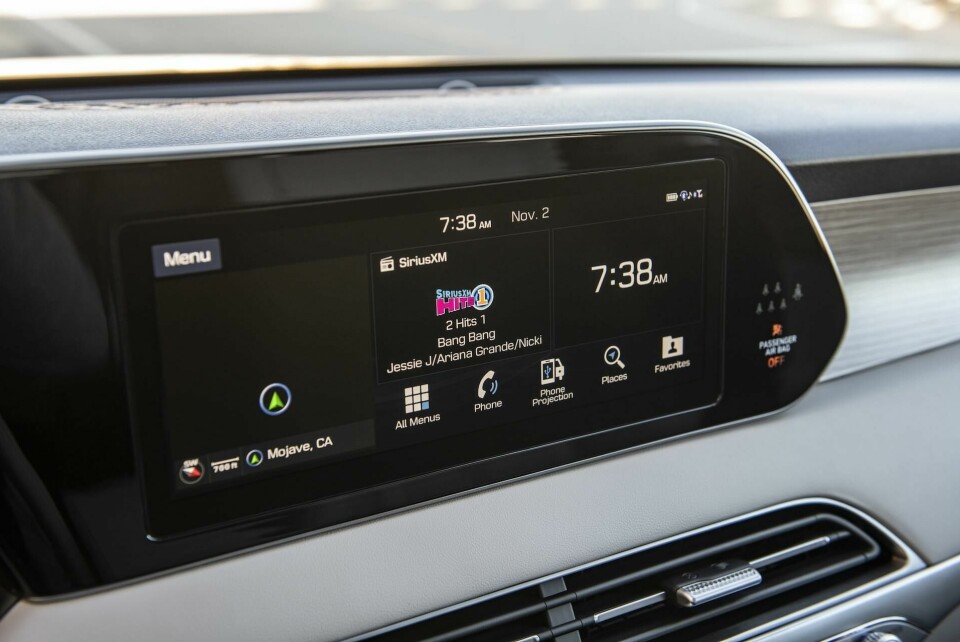
UX is really important now. We are trying to transform the whole design group to think in UX to begin with, so it’s not just exterior or interior. We should have a sense of understanding UX, should be able to transfer that into data; that is a very important part. That is one of the biggest challenges that we have, which we’re trying to do this year. Let’s face it, the car industry is overcrowded. It’s actually, I heard, 30 million over-capacity, so in this tough market, how are you going to survive? In the end, it’s about the customer. Do they see the value? If [someone like] my mum doesn’t understand why this car is beautiful, what this means to her, this doesn’t work.
The next big step in design is interior to UX. The UX will define the interior, and this will define the exterior. So for me what’s going to influence everything is how easy and convenient the UX can be for customers to use. Of course, a car is an emotional product, especially the exterior side of it, but it’s balanced in the emotion, and now usability is a key, important factor. Obviously in a traditional way, a really nice space makes customers comfortable inside the car. I think our Palisade is a good example of traditional UX-focused cars, because inside it’s almost like your living room space. This is design for the family, so we put a USB port on every seat. You’ve got 16 cup-holders – they’re all over the place. It’s got the best third-row head clearance and trunk space in this segment; those are quite strong traditional USPs.
But, now we’re talking about EVs, about the connected car, and autonomous driving, and the next step is a different story. All the technology comes to the interior of the car, and a car’s interior space is no longer a driving space, it’s becoming a living space. Having a living space with all the information fed to you by your car, though, you’re going to get overwhelmed by a lot of information. If you get the answers in a nice, clean and very comfortable way, then the customer can really enjoy the technology inside of the car. Then, it’s a totally open chapter.
You do want to see all the moving information – everything. I understand technology is good. It’s great, but at the same time a car is a moving object. What if when we drive around in the car, you’re doing this and it doesn’t work? Or if you’re doing this, you make a mistake, and hit a different button: what is going to happen? This is a direct link to the safety issue. We have really big screens, but what does this mean if technology changes, and what type of information would make it customer-friendly and easy to use?
That living space model will also create a different vehicle typology, obviously more onebox. It’s interesting because 10, 20 years ago I went to a student graduation show and all the students were doing a monobox car, and I was looking at it, thinking ‘OK, student projects’. Now, that’s totally possible. As an experienced designer, you get challenged by younger designers. You’ve got to try to see that – and this is why we are also talking about partnerships, because OEMs cannot do everything by themselves. We have core strengths, but there is a fundamental problem that OEMs are lacking in other areas. I think whoever has great partners has a good chance. We do a lot of collaboration.
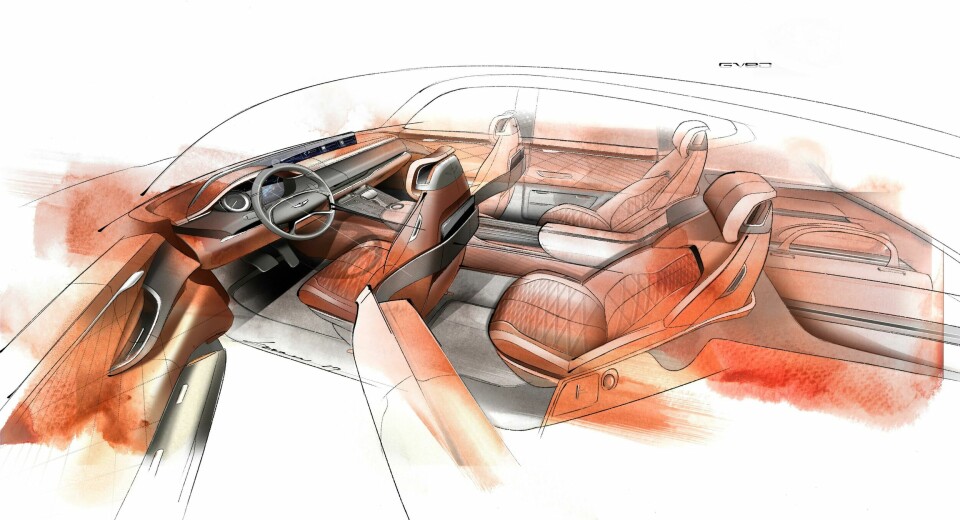
Nowadays, the work that design is covering is getting wider and wider. You can’t only have designers from car design schools anymore. You need designers experienced in other areas, like UX, product design, and also design strategy and every other aspect. So we are actually really broad, our team members at the moment are from all over the place. We need a designer who has HR experience, we need a designer who has corporate strategy experience, to come here, really define who we are and what we are doing – and what the value is to the customer. That’s the important bit.
.
